The shifting dynamics of urban livelihood in India represent a pivotal juncture in the nation's socio-economic landscape. Authored by Rupa Bohra, Managing Director of TNS India Foundation, this opinion piece delves into the multifaceted challenges and opportunities inherent in India's urbanization journey. Urban centers, fueled by rapid urbanization and population growth, have emerged as crucibles of economic vitality, cultural diversity, and technological innovation. Yet, amidst the promise of urban prosperity, persistent challenges loom large, demanding concerted efforts to ensure inclusive and sustainable urban development. As rural migrants flock to cities in search of better opportunities, strains on infrastructure, unemployment, social dislocation, and urban poverty emerge as formidable hurdles. However, within this complex urban tapestry lie opportunities for innovation, skill enhancement, economic diversification, and social inclusivity. The role of non-profit organizations in empowering urban livelihoods stands as a beacon of hope, offering holistic support and collaborative solutions to address the diverse needs of urban residents. Against the backdrop of India's urban transformation, this opinion piece navigates the complexities and prospects of urban livelihood, advocating for inclusive urban planning, sustainable development, and equitable growth to realize the full potential of India's urban centers.
Author: Rupa Bohra, Managing Director, TNS India Foundation
India's growing relationship with urban livelihood represents a profound and dynamic shift driven by rapid urbanization and population growth. As rural dwellers increasingly migrate to urban centers in pursuit of better opportunities, cities have emerged as vibrant hubs of economic activity, education, and cultural exchange. According to a study by the Observer Research Foundation, if we look into the average percentage over the 3 decades, approximately 19.36% of the rural population has migrated to urban areas for better job prospects and improved living conditions. Interestingly, most of the residents in urban areas actually originate from rural regions. This transition is often driven by the allure of higher wages, access to better healthcare and education facilities, and the promise of a more cosmopolitan lifestyle.
In light of the same, the relentless tide of urbanization, coupled with exponential population growth, has also reshaped India's landscape, propelling its cities into centers of economic dynamism and cultural exchange. Having said that, every opportunity brings along some significant challenges, and understanding them in depth will help the government to harness effective ways to pave the way for any transformative change in the future.
Navigating the Complexities
Infrastructure Strain: The rapid influx of people from rural to urban areas has put immense pressure on urban infrastructure, including housing, transportation, sanitation, and healthcare. Many cities struggle to keep up with the demand, leading to inadequate services and living conditions for a significant portion of the urban population, leading to the proliferation of slums and informal settlements in many urban areas.
Unemployment and Underemployment: While urban areas promise job opportunities, they also face the challenge of providing meaningful employment to the growing workforce. Many migrants from rural areas end up in the informal sector with low-paying jobs and uncertain working conditions, leading to underemployment and economic vulnerability.
Social Dislocation: The migration from rural to urban areas results in social dislocation for families and communities. Traditional support structures are disrupted, and many migrants struggle to integrate into the urban fabric. This leads to feelings of isolation, cultural erosion, and challenges in accessing essential services.
Informal Sector and Urban Poverty: A significant facet of India's urban dynamics is the presence of a substantial informal sector. This sector encompasses a wide range of activities, from street vending and waste recycling to domestic work and small-scale manufacturing. While it offers livelihood opportunities for many who lack formal employment, it is also marred by issues such as low wages, lack of social security, and vulnerability to exploitation. Urban poverty is intertwined with the informal sector, as a considerable portion of the urban underprivileged find their livelihoods within it. Inadequate housing, limited access to education and healthcare, and lack of social protection mechanisms create a cycle of poverty that can be challenging to break.
Since, India's urban population continues to grow, addressing these challenges is crucial, and a careful balance must be struck between accommodating urban growth and ensuring a high quality of life for all residents. However, we also can’t ignore the fact that India's journey from primarily agrarian to urban-centered, has been nothing short of remarkable.
Capitalizing on Opportunities in India's Urban Growth
As India's urban landscape expands and evolves, a host of new opportunities emerge, promising to reshape the nation's socioeconomic fabric and drive innovation on various fronts:
Innovation and Technology: Urbanization is a fertile ground for innovation and technological advancement. Smart city initiatives, which use technology to enhance urban living, can lead to improved transportation, waste management, and energy efficiency.
Skill Enhancement: The urban landscape offers an environment conducive to skill development and vocational training. By focusing on upskilling and reskilling programs, urban centers can equip individuals with the tools they need to secure better livelihoods.
Economic Diversification: Urban areas have the potential to foster economic diversification and entrepreneurship. As hubs of economic activity, cities can incubate startups, attract foreign investment, and create jobs that cater to a wide range of skill sets.
Social Inclusivity: Inclusive urban planning and governance can lead to cities that are accessible and welcoming for all residents, regardless of their economic background. This inclusivity promotes social cohesion and a sense of belonging among diverse urban communities.
This transition signifies both the potential and the perseverance of the nation. In other words, as India's urban landscape continues to expand, a world of possibilities unfolds.
The Vital Role of Nonprofits in India's Cities
Amidst the dynamic urbanization of India, non-profit organizations have emerged as critical change-makers, addressing the diverse challenges faced by urban residents. In the evolving landscape of urban livelihoods, nonprofits stand as beacons of hope. They provide holistic support through education, vocational training, healthcare, and social services, enabling individuals to break the cycle of poverty and unemployment.
Collaborative efforts between non-profits, government agencies, and the private sector further amplify their impact, offering a promising path towards a more equitable and prosperous urban future for all.
Hence, as cities continue to grow and transform, the indispensable role of non-profits in empowering urban livelihoods remains paramount, ensuring no one is left behind in the pursuit of inclusive and sustainable urban development.
Challenges and Prospects
India's journey toward urbanization is marked by both challenges and opportunities. The need of the hour is to adopt a multi-pronged approach that addresses urban poverty, encourages sustainable development, and leverages the potential of urban centers to drive economic growth. As rural inhabitants migrate en masse to urban areas, seeking improved prospects and modern amenities, the once-prevailing agrarian identity of the nation is being supplanted by a new urban narrative. By embracing inclusive urban planning, empowering local governance, and ensuring continued contribution to the formal sector. India can navigate its growing relationship with urban livelihoods while creating vibrant, resilient, and equitable cities.




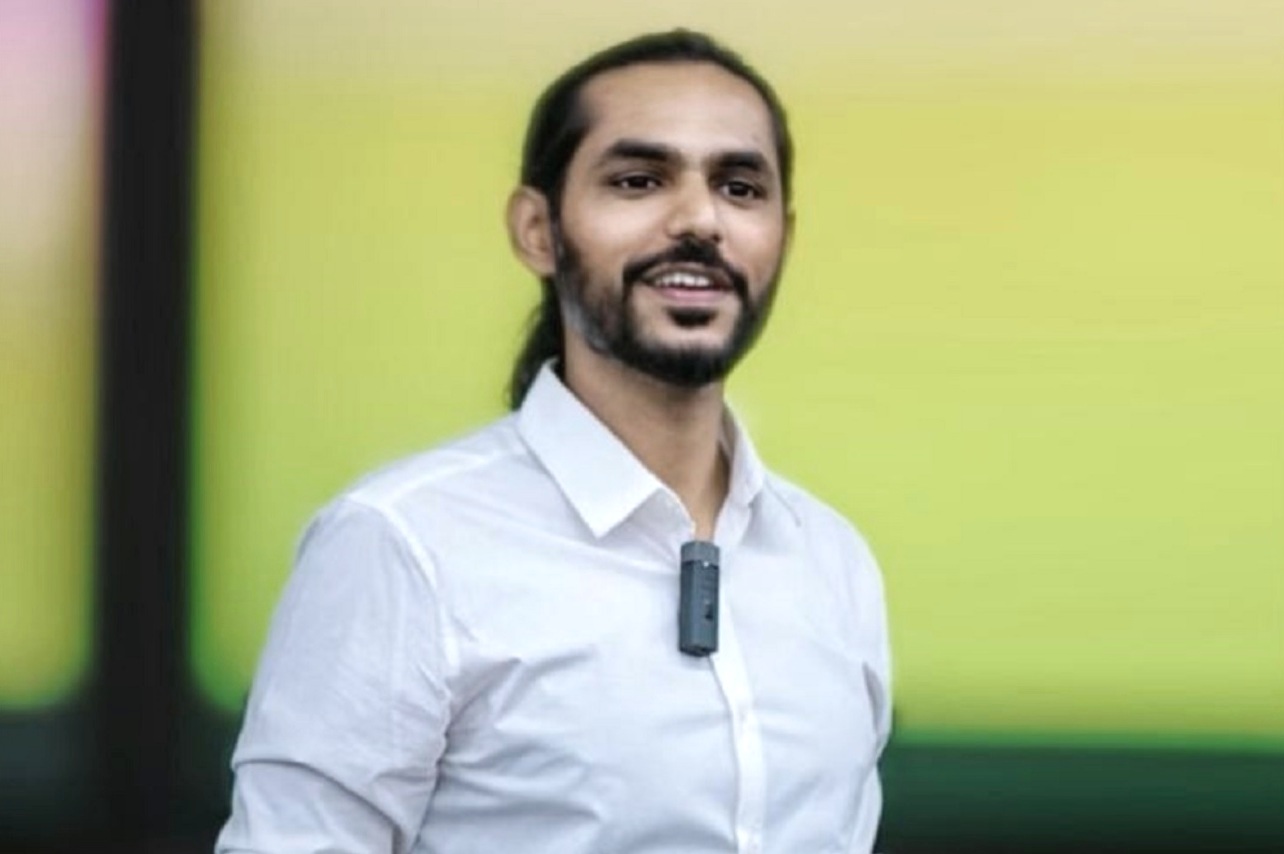


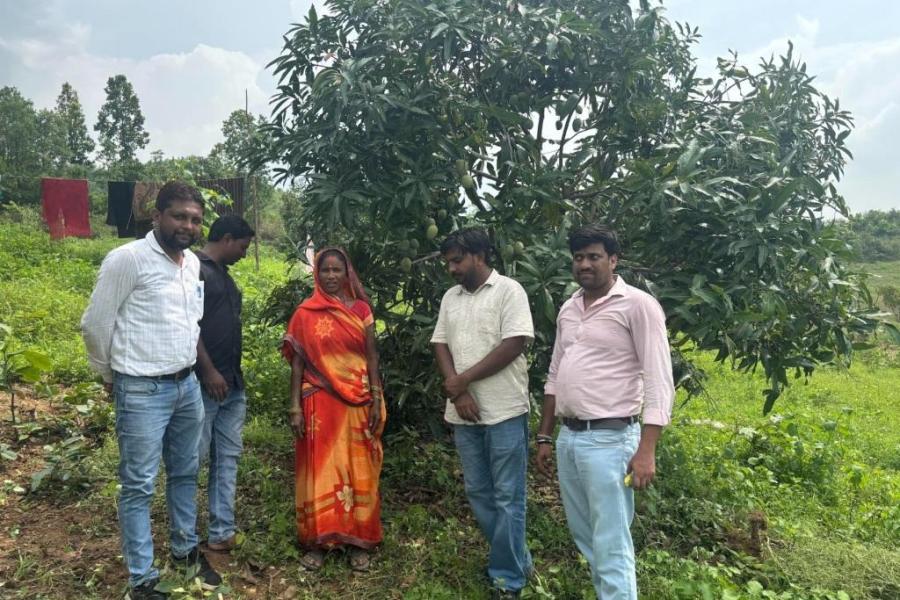

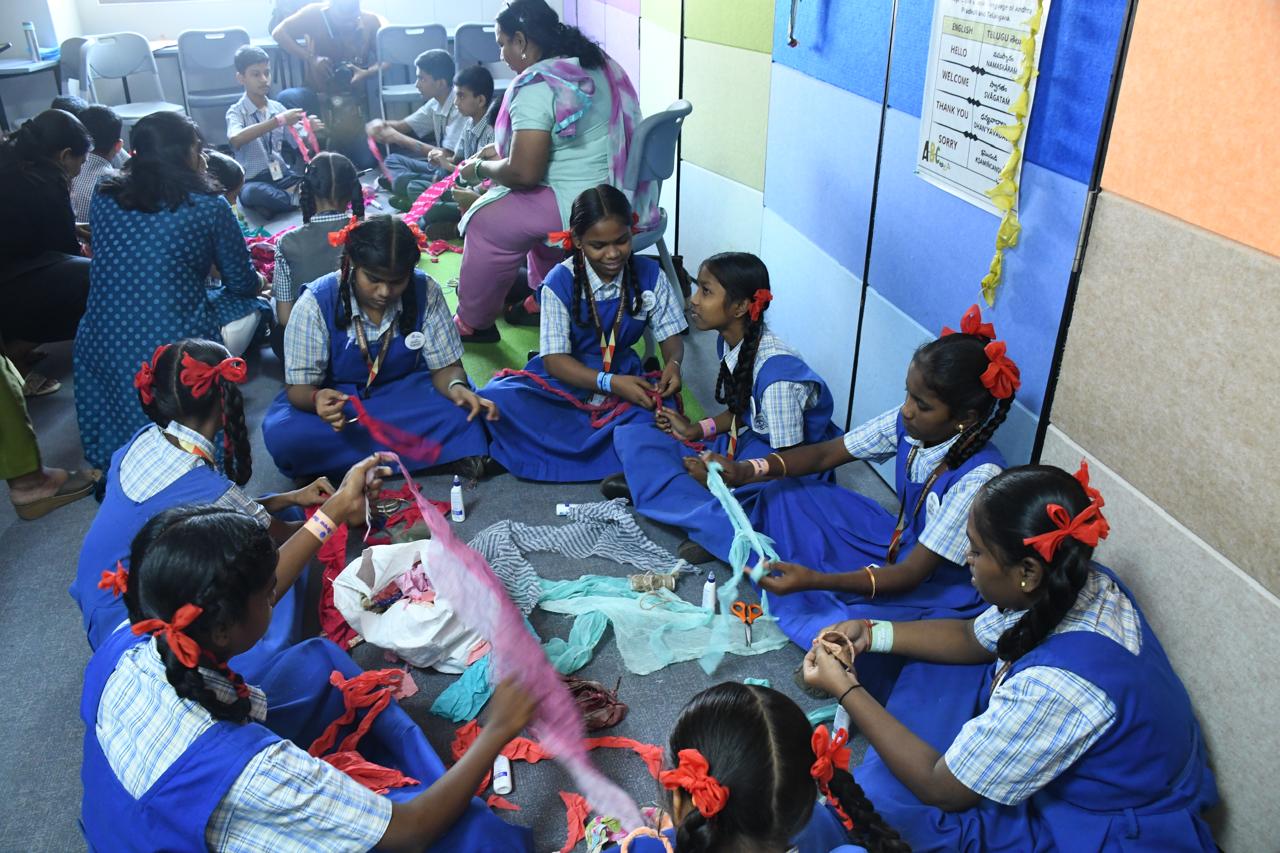

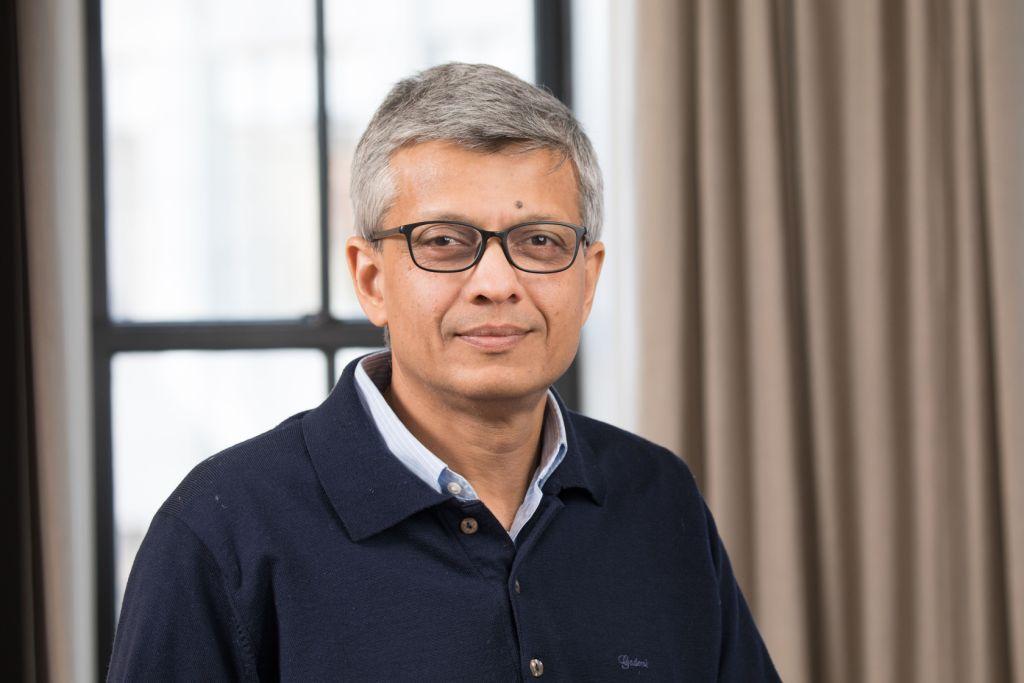
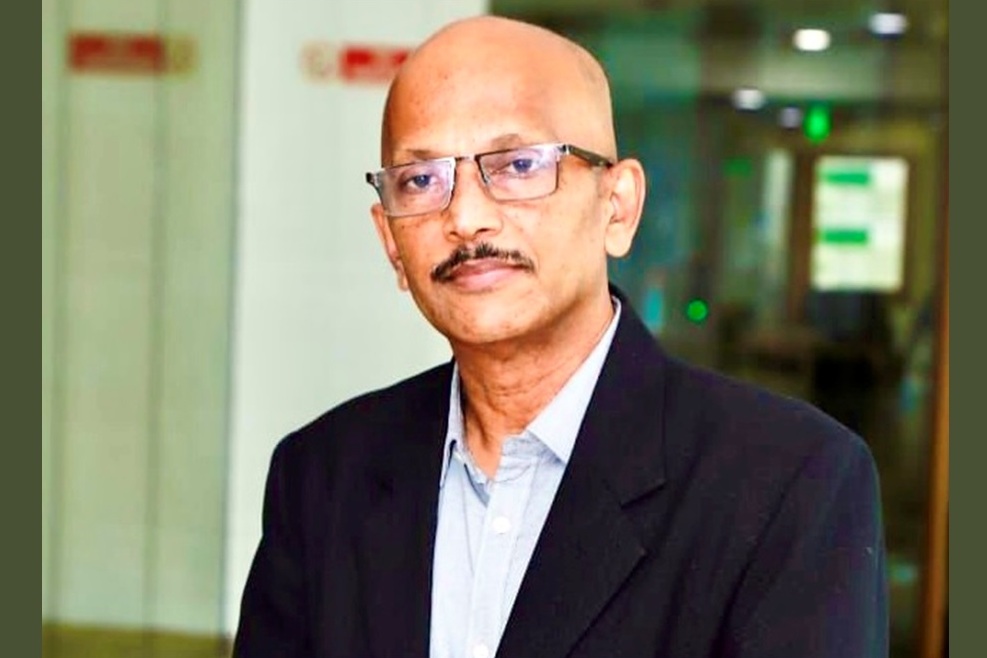



.jpg)




